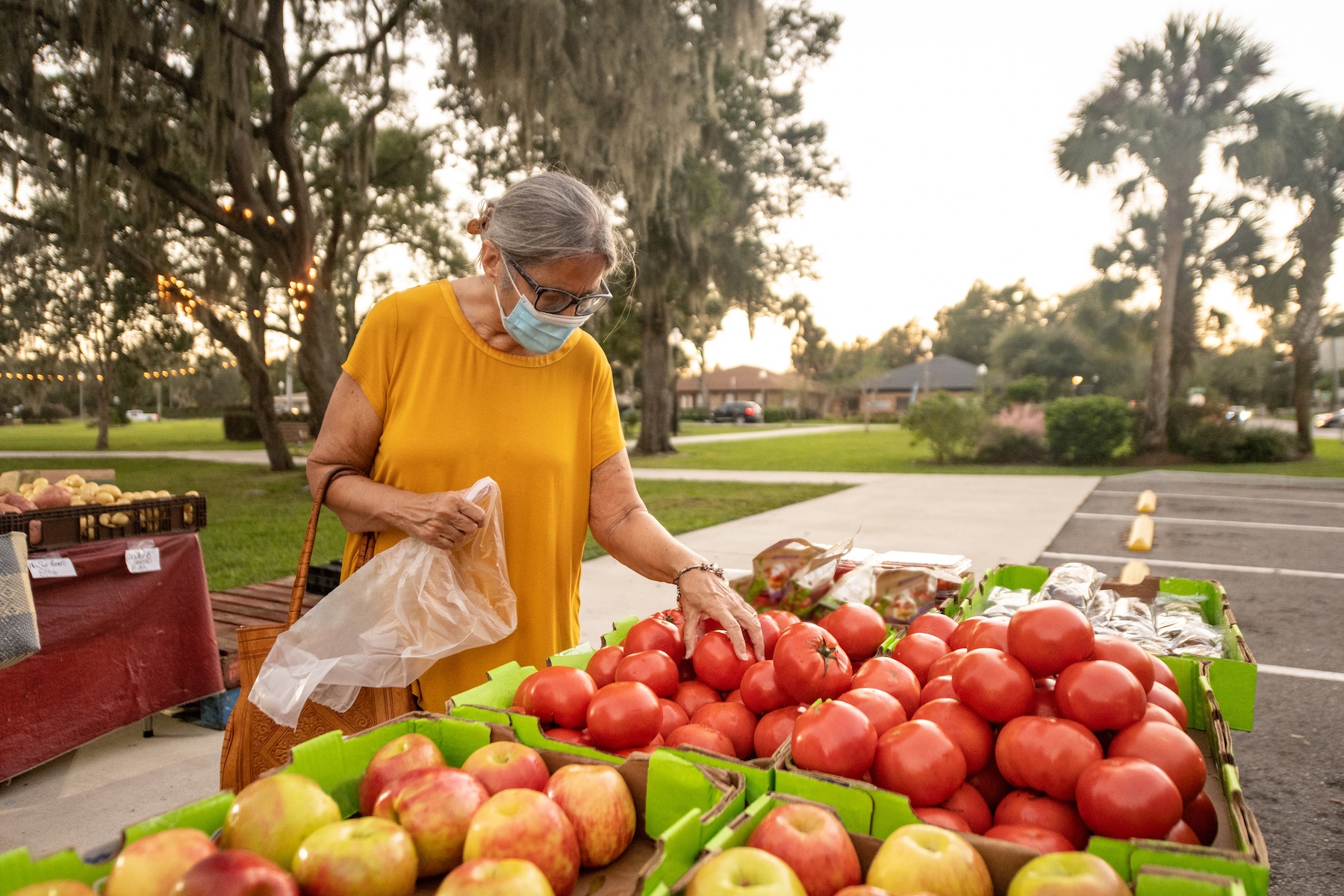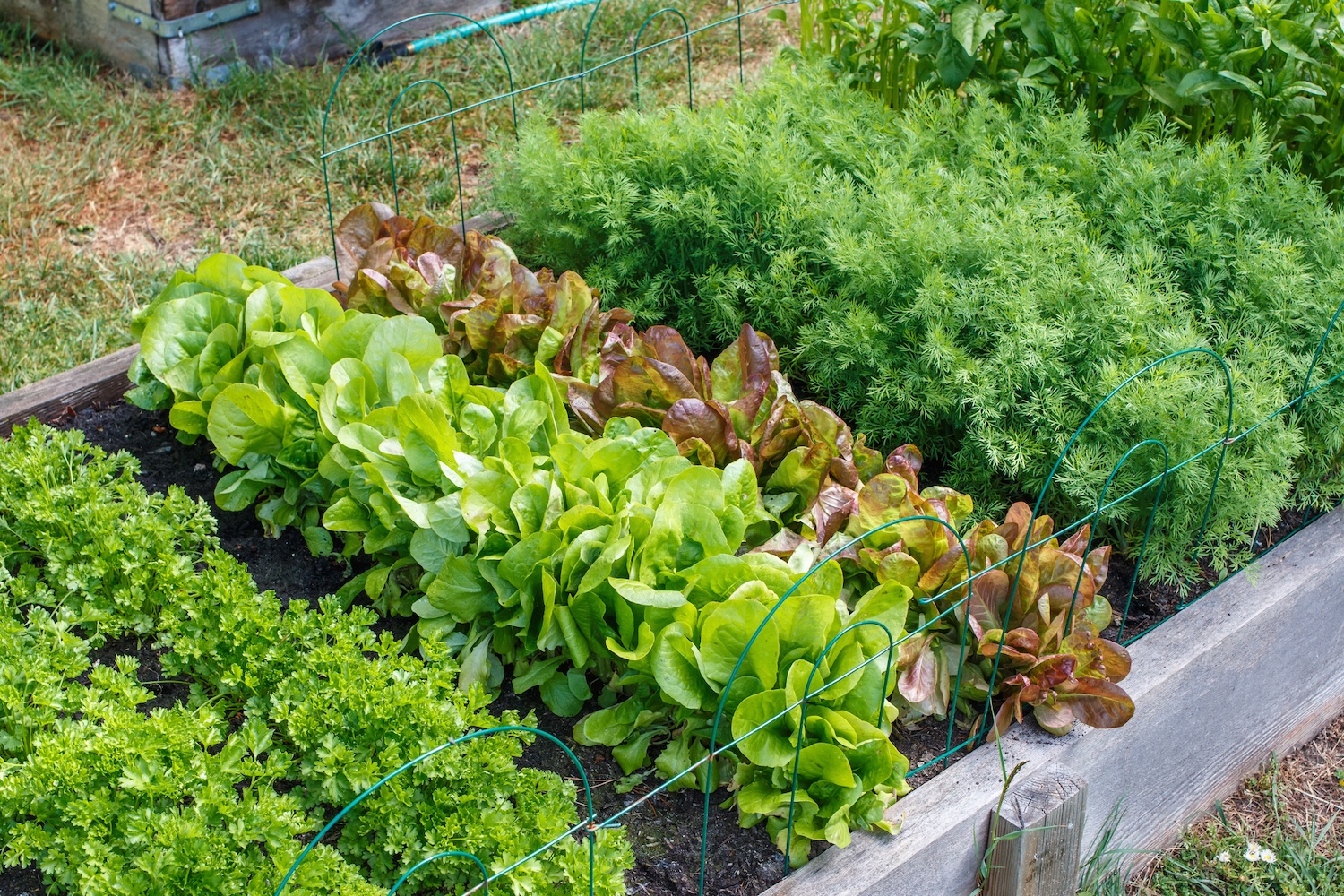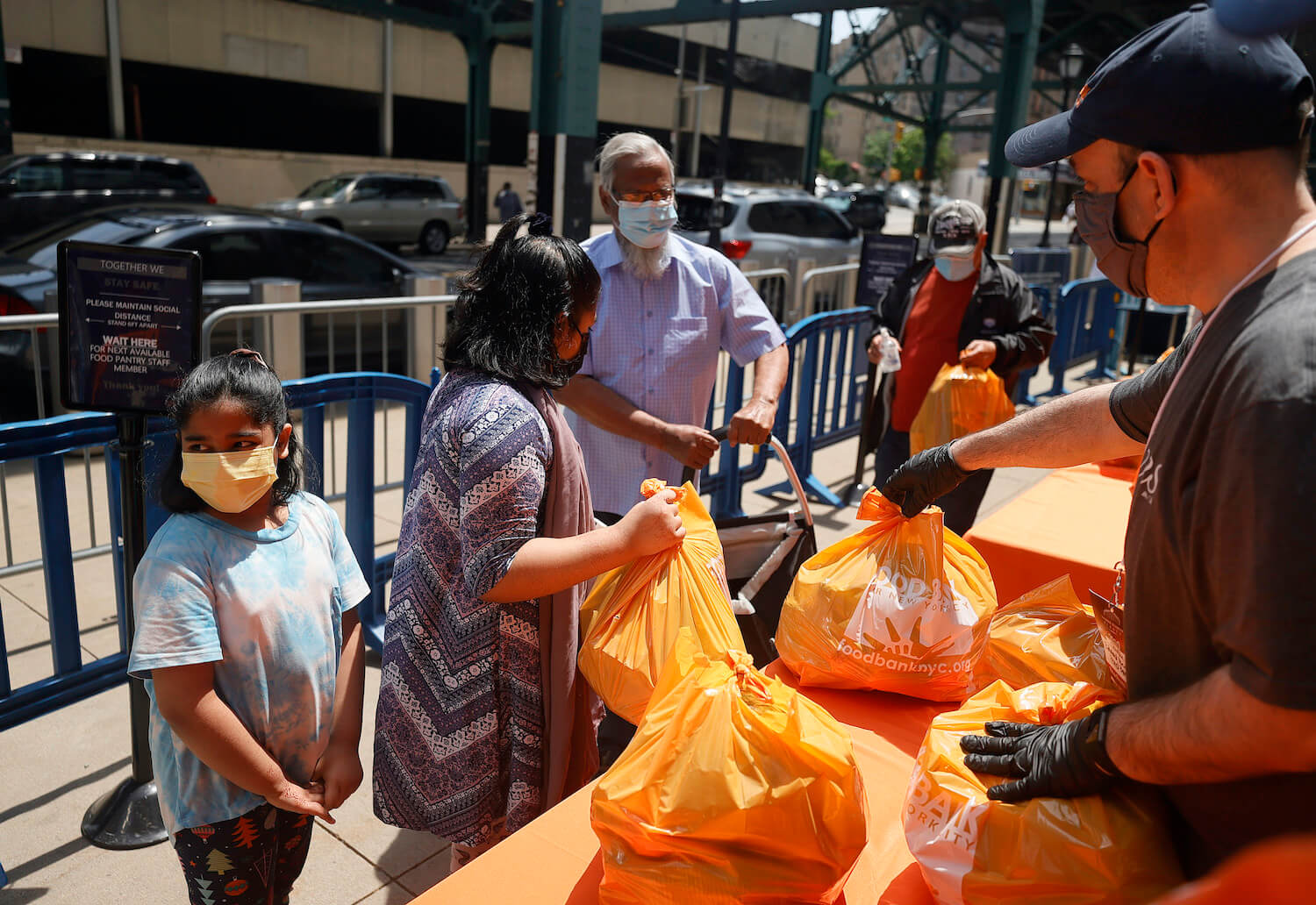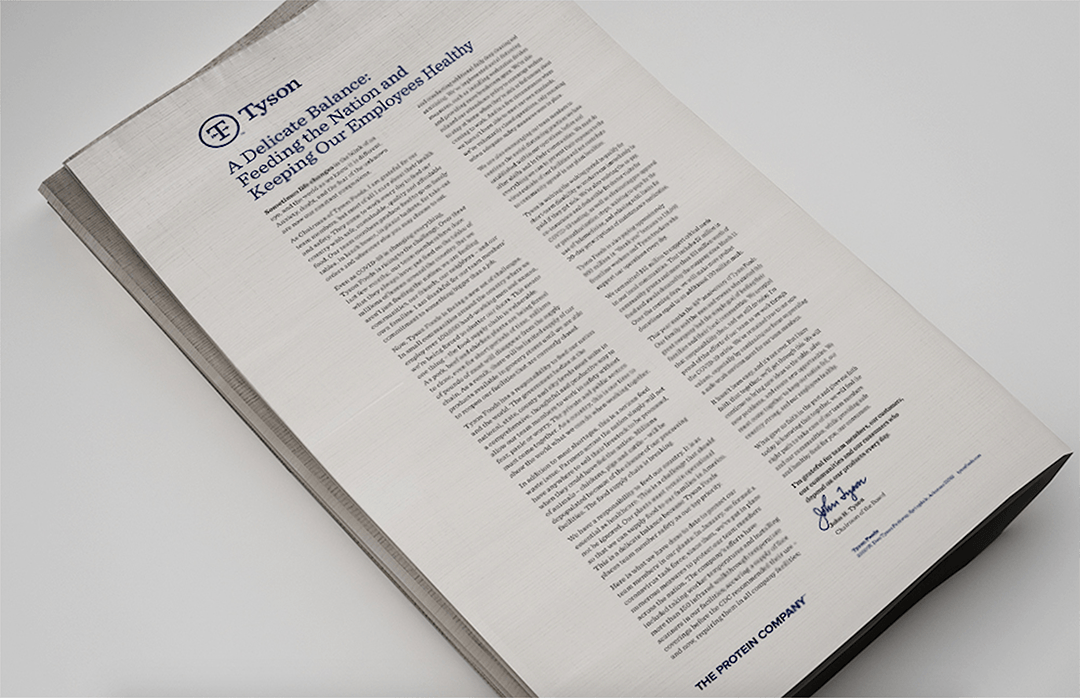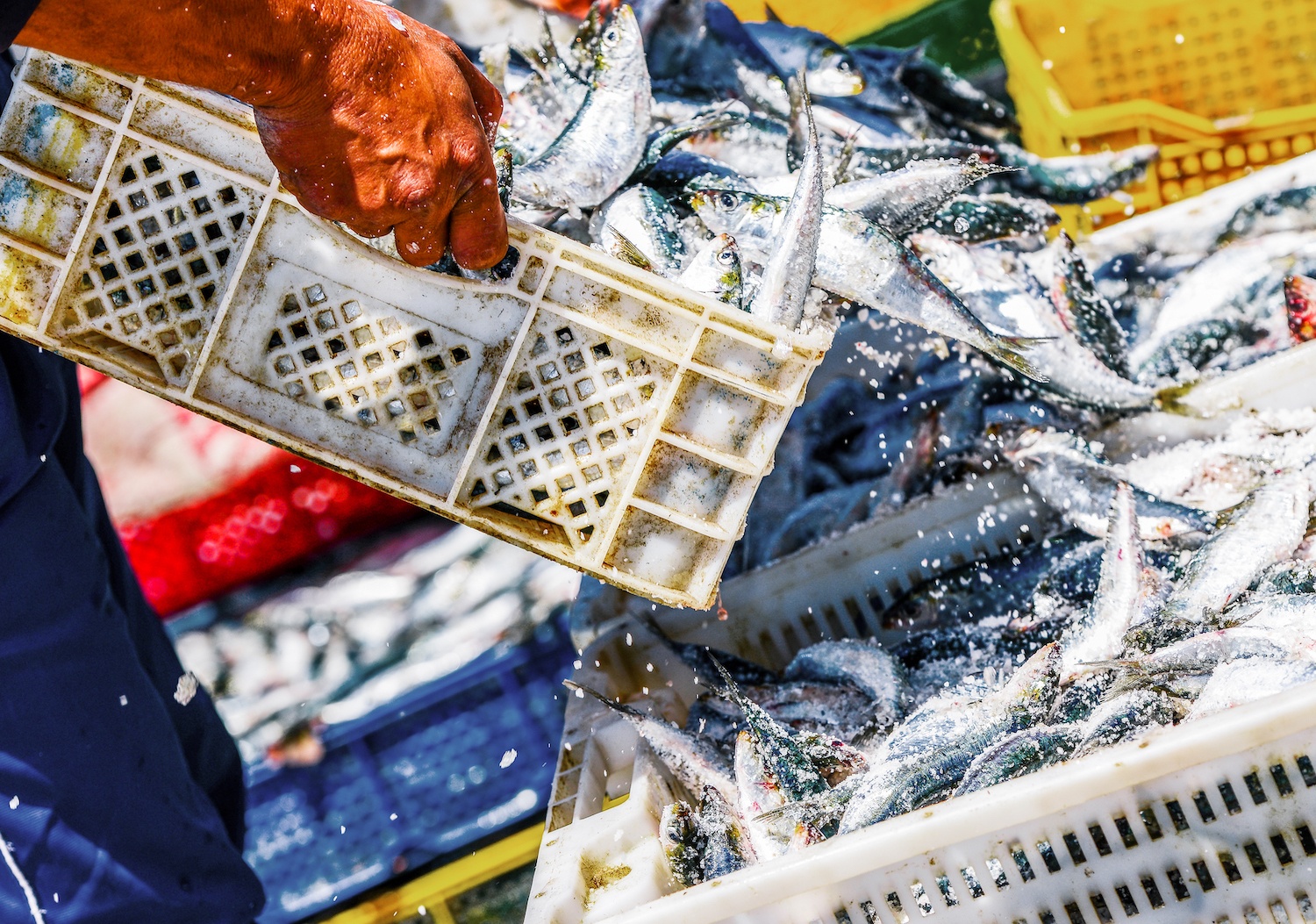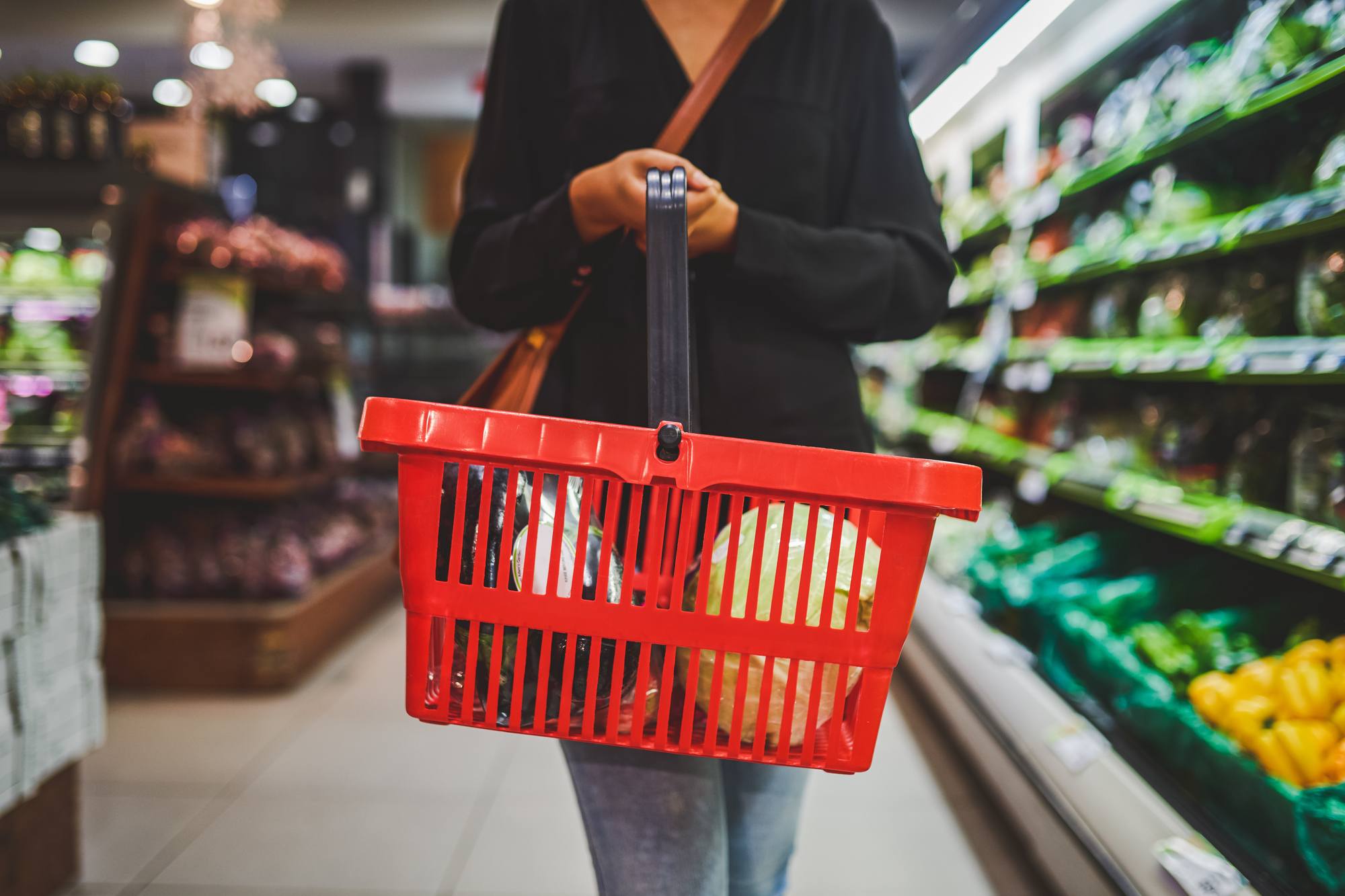Everybody’s talking about “food systems,” but there are people whose job it is to develop them. What do they do? We’ve got answers.
During periods of ongoing crisis—a pandemic, for instance—the public becomes hyperaware of the health and sustainability (or not) of transportation, healthcare, education, communication, and food systems. When these mundane, interconnected networks become strained beyond capacity, as certainly happened this past year-and-a-half, panic can set in: “The food supply chain is breaking,” Tyson Foods’ chairman declared in a New York Times advertisement last April about the pandemic’s toll on meatpackers and its potential to result in meat shortages.
But in all the talk about the longstanding systemic issues this pandemic has “laid bare,” what has to change for us to live healthier, more nourished lives—and the dangers of relying on philanthropy to make that happen—little light has fallen on the men and women whose work it is to make that happen. In part, this is because food systems development—abbreviated by folks in the biz to FSD—is a term so broad that even FSD professionals are uncertain about everything it encompasses and who their colleagues might be.
The problem, write the authors of a new trends report issued by the North American Food Systems Network (NAFSN), an organization that seeks to act as an umbrella organization for the field, is that FSD is “relatively new as a recognized area of practice.” Even though its practitioners—people working behind the scenes at farmers’ markets, writers and technology developers who secure funding and point-of-sale solutions, and policy wonks who pressure legislators to connect the dots between healthy food systems and resilient communities—have been quietly striving to boost local and regional food systems for decades.
While those who step into the field may have the collective power to shape these systems for the much better, their goal of making them resilient, just, and equitable faces an uphill battle unless the profession’s foundational practices and challenges can be defined and identified, and word can get around about career opportunities that exist in the sector, say the authors. And of course, it would help if all these disparate practitioners could find each other, too.
To figure out how to do all that, in 2019 the report’s authors surveyed 1,321 FSD practitioners about the parameters of their work, and what networking, information, and training needs they had. Many felt that they were most lacking in the training necessary to work with socially disadvantaged groups, and that opportunities for networking and funding, as well as a certification process for their work, were all required to increase their efficacy. On the plus side, the survey indicated that more full-time career opportunities had arisen in the field since an earlier survey conducted in 2012. A parallel series of papers in the Journal of Agriculture, Food Systems, and Community Development, on how Covid impacted the U.S. food system, found more cause for optimism, about how FSD professionals helped stabilize food distribution during a time of crisis.
To better understand this critical but ambiguous suite of professions, I talked to a few of its practitioners. Their responses have been edited from three interviews for length and clarity.
The Experts
Mickey Davis, food access specialist, Boulder County Farmers Market (Colorado)
Gilbert Gillespie, partner, Harrisdale Homestead, a project of the Wallace Foundation for Rural Research and Development; trends report co-author
Kim Hines, chair, North American Food System Network (NAFSN); former director, Augusta Locally Grown
Rebecca van Loenen, executive director, Augusta Locally Grown
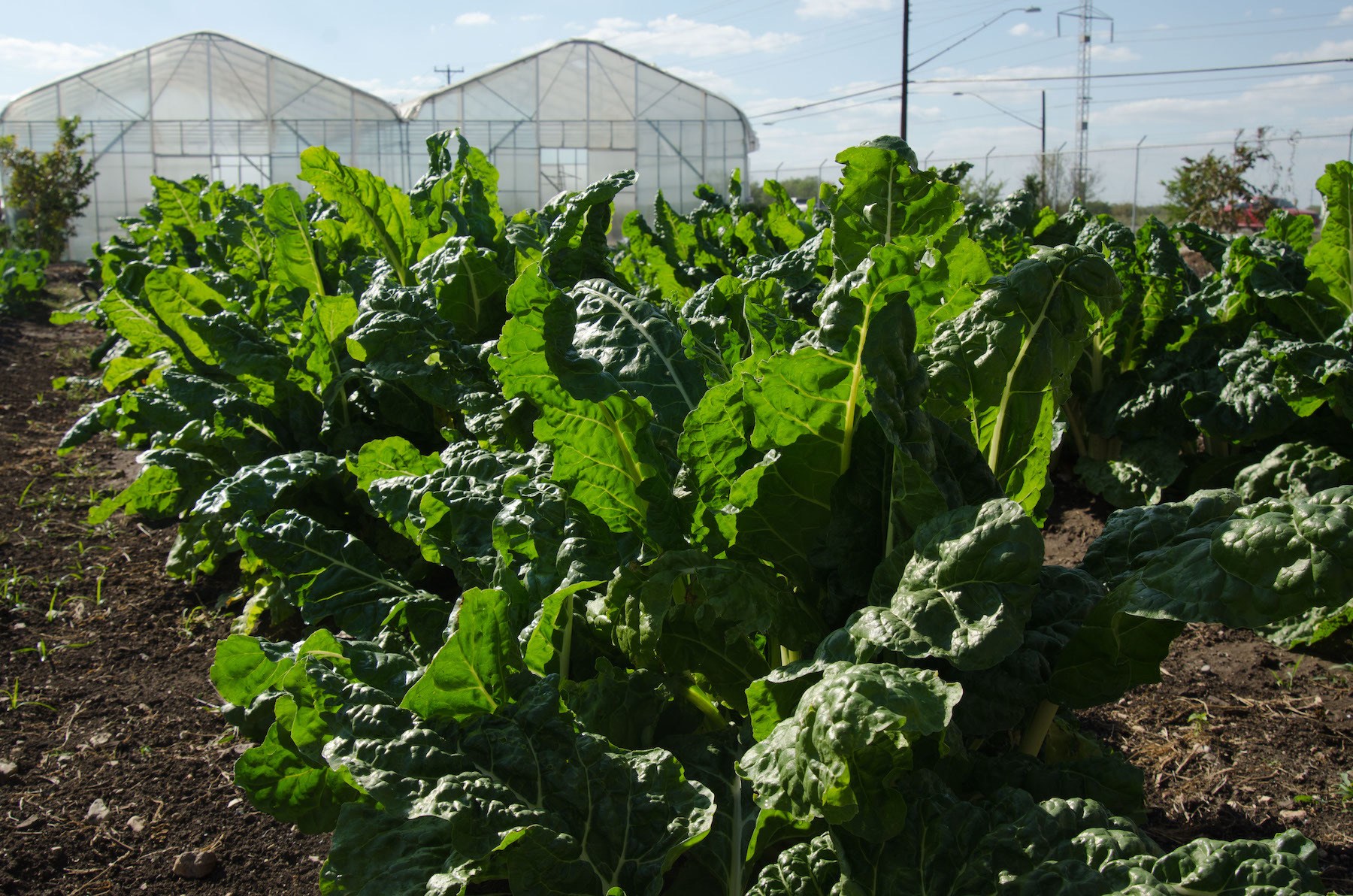
Local food systems can provide communities not only with food but also with livelihoods in a way that is resilient in the face of social and ecological change.
USDA/Lance Cheung—
What’s the history of food system development as a profession?
Gillespie: The professionalization of food systems development is the brainchild of [trends report co-author] Duncan [Hilchey, co-director of the Thomas A. Lyson Center for Civic Agriculture and Food Systems]. In the 1980s, Duncan was [part of an] initiative called the Farming Alternatives Program [FAP] at Cornell University. FAP’s work [partly] focused on how smaller scale agricultural enterprises could be organized to be successful. I’m a sociologist of food and agriculture and became involved [with this] in 1992. I was interested in how changes in agriculture [economically] affected rural communities. A group of us conceived of a certification program that would professionalize [FSD] and give [its] practitioners some legitimacy. Duncan saw a need for ascertaining [their] needs to acquire the skills and training that would enable them to be effective in community economic and social development around local foods. In 2012 [we] did [a] first survey to try to figure that out.
How would you define food systems development work?
Gillespie: It’s challenging because it’s such a broad, big area. A food system that serves local people not only provides them with food but also livelihoods and does it in a way that is resilient in the face of social and ecological change. You’ve got the actual production of food, you’ve got the processing, distribution, marketing of it, then you’ve got waste disposal. Consumer preparation, appreciation, and eating patterns are core parts of it. I’m one of those people who believes local food should also be ecologically sound and socially just.
Davis: Until I saw the [report] about what a food systems job was I was like, Is that me? The term hasn’t been a North Star in my career but I’m of a generation that was focused from an early age on identifying problems not only with our food system, but also with public health and chronic disease, and how our food system can be an entry point to solving a lot of different problems succinctly.
Hines: I’m a community organizer and I got into food accidentally when I moved to Augusta, Georgia in 2005, eventually head[ing] up Augusta Locally Grown [ALG]. In 2020 I stumbled upon NAFSN and I thought, Is this a professional development organization for FSD? I was thrilled to find an association for people like me because I didn’t think it existed. When I first got involved with [them] I suggested that we start telling stories of people across all spectrums of this work, how they got there, and what they’re up against as they try to create employment in this sector. Now part of my daily role is to track the types of jobs that are being created, so we can better understand where we need to build up opportunities.
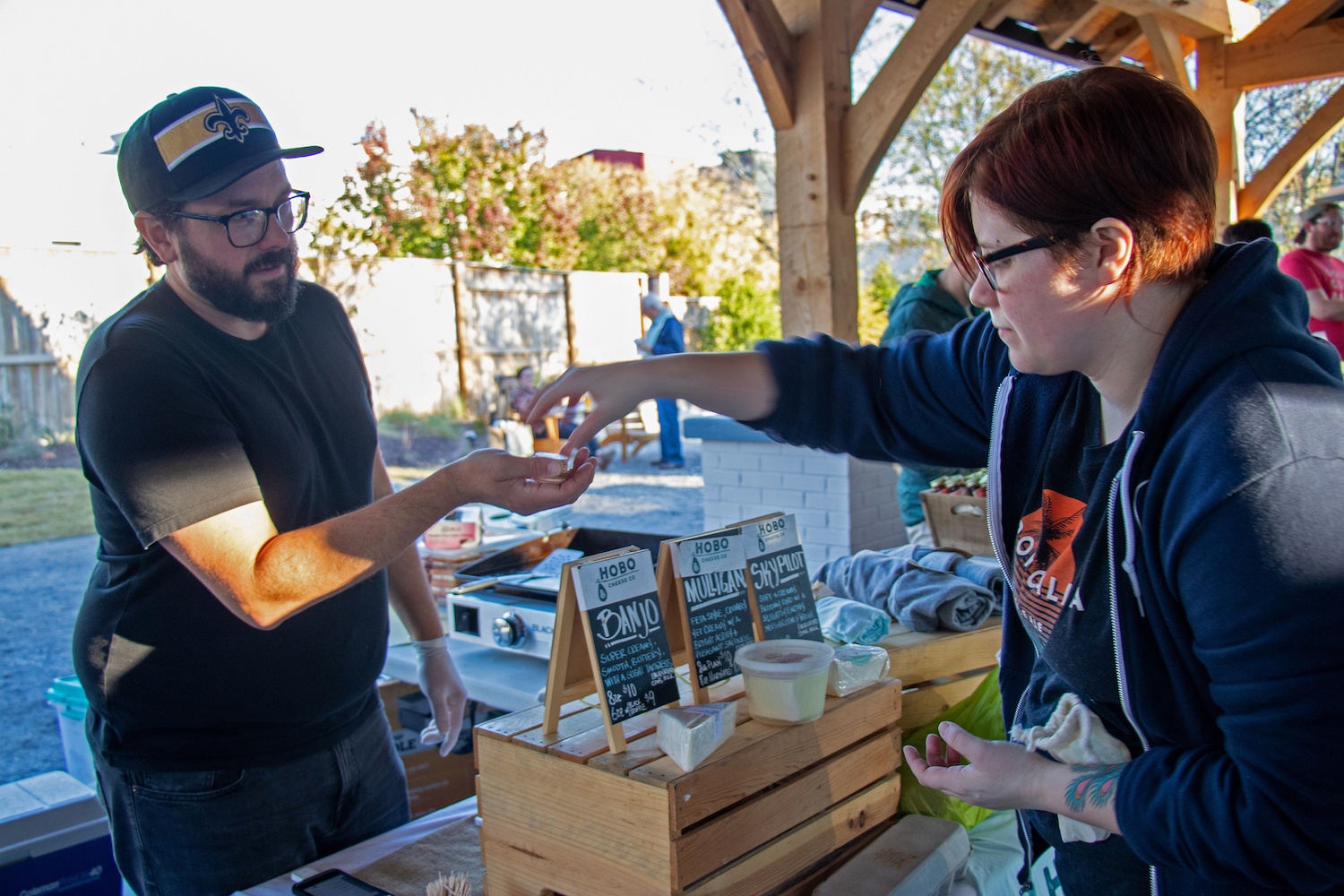
Part of food systems development work is collaborating with farmers’ markets across a particular region to see how they can be helpful with food access programming.
WIC refers to the Special Supplemental Nutrition Program for Women, Infants and Children, administered nationally by the Food Nutrition Service agency of the USDA. Through its food box program, the USDA purchases food from farmers to distribute to food insecure U.S. residents.
Double Up Food Bucks allows enrollees in the Supplemental Nutrition Assistance Program (SNAP) to double the value of their benefits when they buy fresh produce, in states where it’s available. It’s funded via government and nonprofit grants, donor and other means.
Davis: I was brought on in 2019 to manage all aspects of our food access programming at the Boulder County Farmers Market, like Double Up Food bucks and WIC. My role really is everything related to incorporating food access programs into regular farmers’ market operations, making them seamless and destigmatizing them. My staff and I distribute vouchers and food boxes; look for partnerships; do a lot of outreach, fundraising, networking, getting the word out, cooperating with our accounting team because [these] are truly accounting-heavy programs; then a ton, ton, ton of grant-writing. A lot of energy goes into making our programs participatory by putting ownership back with the populations using them, who tell us where we’re hitting and missing the mark. Another huge part is collaborating with other farmers’ markets across the state to see how we can help them with their food access programming.
What are the challenges in establishing careers in this sector and getting them better understood?
Gillespie: One of the challenges where I am in rural Iowa is trying to sell really local food. A lot of people here have gardens with large asparagus beds or grow lots of tomatoes. They give the excess to friends, neighbors, and relatives. We also have supermarkets selling foods produced with subsidized water and energy and exploited labor. In this context, those who try to sell the same products at farmers’ markets have challenges in pricing to support the cost of producing. The question is what to do as a society to make it so people who are involved in food production can get livelihoods, not just jobs in agriculture.
Hines: In NAFSN’s newsletter, we feature a different job creator in each issue, and this month we featured a job posting for a Latinx gleaning and outreach coordinator at Uproot Colorado. There’s no way we’d have seen a paid position for that 10 years ago. Communities are figuring out ways to pay for these positions—but are they sustainable? That’s yet to be seen.
Davis: I think our field could benefit from a few more definitions and labels and terms. Some FSD professionals are focused on organic as the word that guides their direction; other people are focused on food justice and sovereignty. Hopefully there will be collective consensus about what is it that we’re doing, an understanding that we are all doing similar, important work, and some strong language to legitimize it a bit more. This pandemic year I had a lot of friends working corporate jobs approach me and say, I don’t want to do this anymore; I want to do something meaningful. They don’t know where to start looking in FSD because there’s not a real umbrella term for them to Google search. They’re also not fully aware of how their skillset is going to be relevant in this new career—not to mention they’re going to take a massive pay cut and not have swanky office with kombucha on tap.
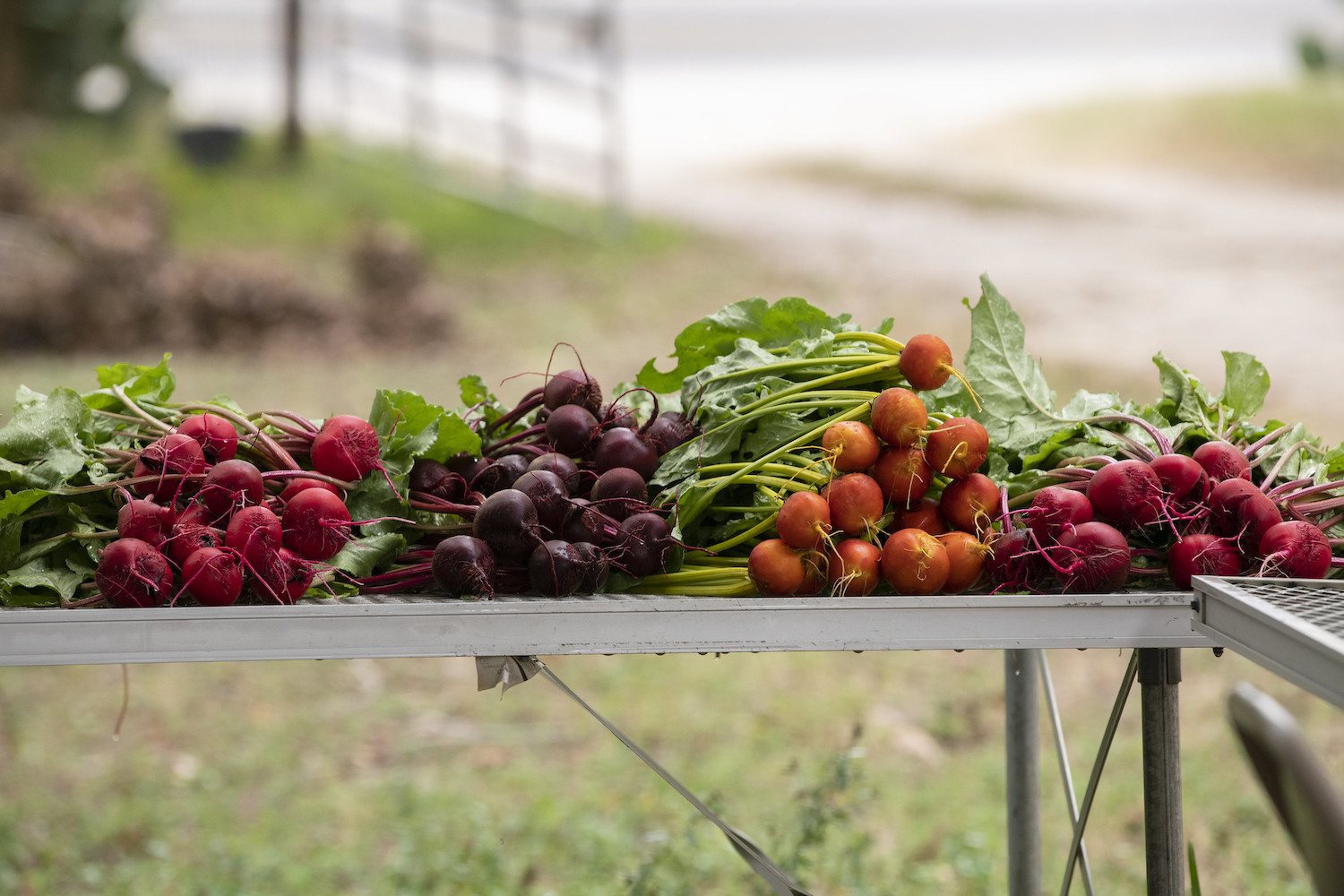
Where there are local food hubs, there are also jobs for writers, technology pros, and policy wonks.
USDA/Lance Cheung
What will improve local and regional food systems?
Hines: Anecdotally, I’ve seen a lot of jobs in food access created by nonprofits with government funds, especially during the pandemic; a lot of creative people were able to use food box money to support local and regional food systems. I hope governments continue to see value in this kind of investment.
It’s [also important to connect FSD practitioners] on the ground to academics. For example, who’s accrediting all the workshops and certifications and food systems programs out there? Several years ago, NAFSN started working with national partners to identify core competencies for people working in FSD. That initiative is now actively housed at Iowa State University Extension and Outreach. I think that’s a great start toward accreditation.
van Loenen: There needs to be training. I was talking to a farmer who sells through us who has teens and low-income community members coming out to help her harvest. She has to educate them about what squash and zucchini plants look like and farmers don’t have time for that. We are piloting a program for the next grant cycle to create a system to train a farm workforce.
We also operate a few farmers’ markets that use SNAP, which means my staff has to be trained on food policy, on EBT technology and how to use it, and on how to work with sensitive populations. And we need the U.S. population to demand more products from food hubs like ours because when demand rises, that creates jobs.
But the biggest [need] is for technology. When you consider Big Ag, John Deere tractors have GPS and they can steer themselves. But in sustainable agriculture, the technology is not there; you’re operating with checkbook and paper.
Have there been strides toward improvement?
Hines: When I started doing this work, when I told people I work[ed] in food systems, they were like, What are you talking about? Now at least they recognize that I work somewhere along a complex continuum, somewhere between food growing and food consumption.
Davis: There’s a whole conversation about farmers’ markets becoming places that are not friendly to people of color. Barriers are not just the price of farmers’ market produce, but also parking, bringing the kids, what do I feel like when I’m there? Working in the public health sphere I see first-hand the tangible work Boulder has done to create equity. Our funding source comes from a sugar-sweetened beverage tax implemented in 2017 that’s generated almost $17 million over the past four years.
What effect did the pandemic have on your work?
van Loenen: In the past year we worked with local government to join forces with the American Heart Association to start a farmers’ market in another food desert area. That helped generate more jobs, but we also saw community need rise to support it. I think it was midpoint last year when our sales quintupled and stayed that way for six months; we had to bring on farmers to keep up with demand. That gave respect from the local chambers, which previously didn’t think much of farms and backyard gardens—then they noticed they were generating a good portion of local sales.
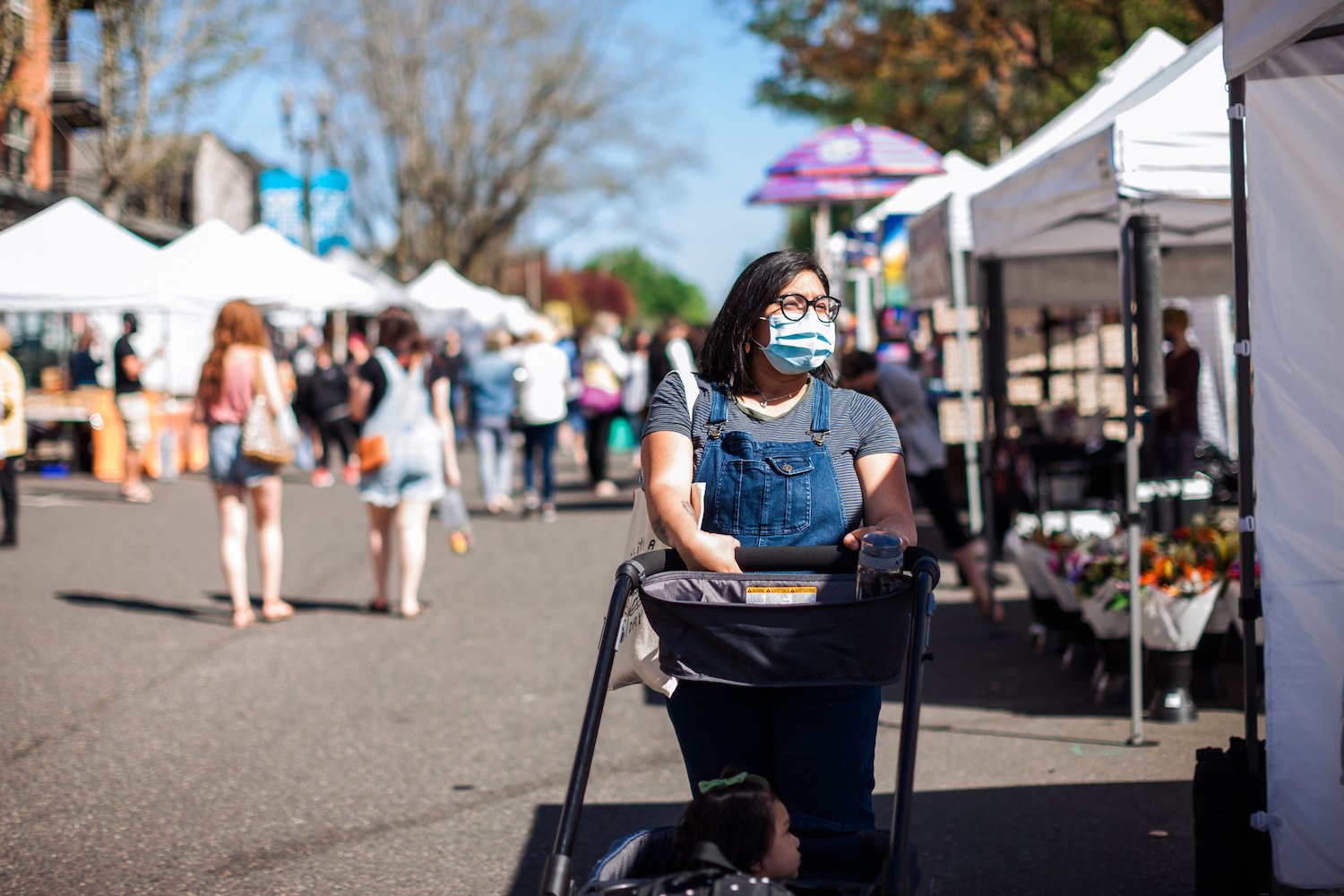
Increased access to local food during the pandemic has also helped to generate more jobs, an effort that earned respect from local chambers of commerce.
A lot of us throughout the nation started to interconnect better than before. In Georgia, we were a leader in using online systems. We’ve been doing it for 13 years and had a lot of food system infrastructure in place that was now very much in demand.
Davis: We started a great partnership with a paratransit company to make deliveries for the first time. That opened the door for us to serve WIC families directly to their homes, as well as homebound older adults and [low-income] childcare centers. What’s so exciting to me about Double Up Food bucks is the way it incentivizes federal dollars to stay local in communities. The number one retailer receiving SNAP money is Walmart, but our Double Up program provides more access to healthy food for people who need it, accounts for a significant percentage of farmer sales, and it diverts money to small businesses here. Supporting local food isn’t just supporting health and nutrition and farmers doing regenerative work; it’s also supporting your own community.
